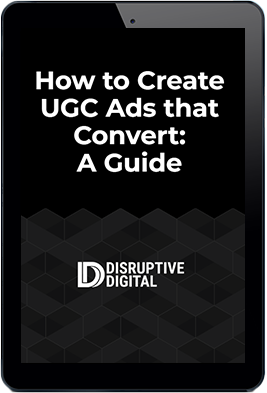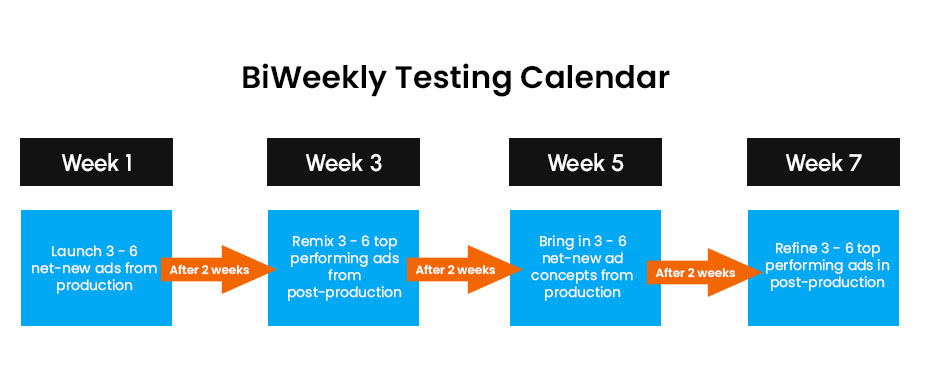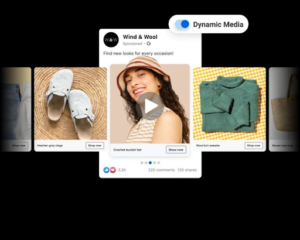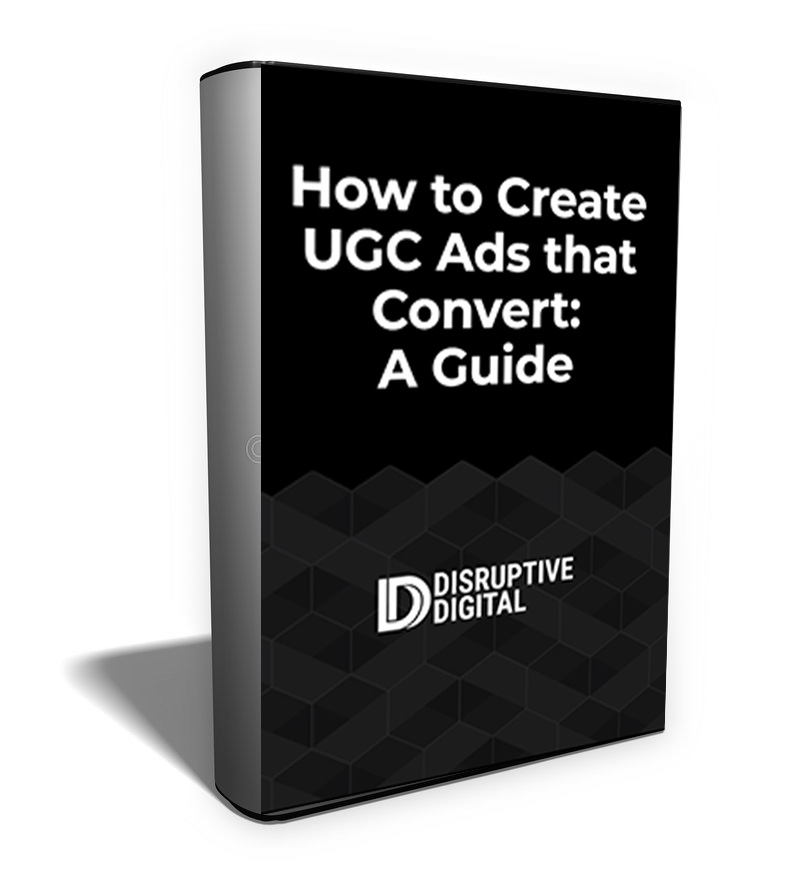(If you easily achieve more than 50 conversions per week, check out How to Creative Test on Meta Accounts with High Conversion Volume instead)
Effectively managing low conversion volume accounts on Meta platforms can be challenging, especially for direct-to-consumer businesses looking to grow. CMOs, performance marketers, and rapid-growth CEOs often struggle to fine-tune their ad strategies to reach valuable audiences and meet their goals for cost per acquisition and return on ad spend.
Today, we’re discussing creative testing for Meta accounts, focusing on those with lower conversion rates or lower transaction volume. We’ll explore why a one-size-fits-all approach doesn’t work and how a customized strategy, using limited and strategic testing, advanced tactics like Dynamic Creative Testing (DCT) and Advantage+ Shopping (ASC), and sticking to a structured testing calendar, can significantly improve advertising performance. The goal is to provide insights that attract new users as well as optimize what’s already proving successful.
Understanding Low Signal Volume Accounts

Low signal volume accounts sometimes face challenges in achieving more than 50 conversions per week. This number is important since Meta’s algorithms need at least 50 conversions to optimize ad delivery properly. When conversions are below that number, the algorithm doesn’t have enough data, resulting in less effective ad targeting and lower overall performance.
For businesses with plans to grow quickly, low conversion rates can really hinder their marketing. New ads use up a lot of their budget but don’t bring enough conversions. The result is a cycle of weak optimization and low profits.
For these accounts, a change in strategy is needed. Rather than testing widely and often, it’s better to concentrate on a few specific campaigns to gather more useful data.
-
- Consolidation of Campaigns: Focusing on fewer ad sets allows for collecting more data faster, improving spending efficiency and ad results. It’s best to only use one ad set at a time specifically for creative testing on a lower volume account.
-
- Reduced Testing Frequency: Testing less often gives each ad set time to collect enough data, making sure any changes are based on real insights, not guesses.
Effectively handling low signal volume accounts means recognizing the need for reaching 50 conversions and using a strategy that focuses on fewer, consolidated campaigns with less frequent testing. The approach collects better data, helps you make smarter decisions, and enhances your ad performance on Meta platforms.
FREE GUIDE
How to Create UGC Ads That Convert
Our guide explains what user generated content is and what makes it good for ads.
Best Practices for Creative Testing in Low-Volume Accounts
Limited Testing Frequency
For accounts with lower volumes, it’s crucial to limit how often they test their ads. Testing every other week allows each set of ads enough time to collect meaningful data. It’s important because Meta’s system uses this data to improve ad performance. Testing too often doesn’t yield enough data, leading to less-than-stellar ad performance and fewer conversions.
A good rule of thumb: test a maximum of six ads at a time. Meta’s algorithms work best with more data, so they predict conversions more accurately with a smaller set of well-tested ads. Testing more than six ads at once usually doesn’t add much value, as the system prefers ads with more comprehensive data behind them.
Advanced Testing Tactics
1. Dynamic Creative Testing (DCT)
Dynamic Creative Testing (DCT) is a valuable method for improving advertising strategies. It tests different combinations of media and ad elements like images, videos, text, and calls to action. This process creates a variety of personalized ads automatically, providing insights into which combinations work best.
Considerations with DCT
-
- Personalization: DCT automatically makes different versions of ads that match individual preferences, which can result in more engagement and conversions.
- Better Insights: Testing various combinations with DCT helps in understanding which parts of the ad work best.
- Saves Time: DCT automates the making of different ad versions, which goes much faster than manually creating and testing each one.
2. Advantage+ Shopping (ASC)
Advantage+ Shopping (ASC) is especially useful for e-commerce advertisers who have limited budgets for testing different ad creatives. It can manage as many as 150 different ad elements, giving advertisers the chance to test and improve a variety of ads extensively. Also, ASC automatically adjusts how ads are shown based on their performance, focusing more on the ads that do well. This ensures that the best campaigns get more attention and are more successful. These features together make ASC an effective tool for advertisers who want to get the most out of their ad strategies.
Considerations with ASC
-
- Tendency to Favor Proven Ads: ASC might not show new ads as much, preferring those with a track record of good performance. This can make it harder to test new ideas.
-
- Finding the Right Mix: It’s important to balance being creative with making choices based on what the data shows when using ASC.
Best Practices for Implementing DCT and ASC
-
- Regular Monitoring: Keep a close eye on how your campaigns are doing with DCT or ASC to see how different ads are working.
- Data-Informed Adjustments: Use what you learn from DCT and ASC to make smart changes and plan future ad strategies.
- Variety in Creatives: Test a wide range of ads to see what different types of audiences like and respond to.
- Smart Budgeting: Plan your budget carefully to make sure new ads have enough money behind them to collect data, even though ASC often prefers ads that have already done well.
Developing an Effective Testing Calendar for Creative Testing
Having a planned schedule for testing ads is crucial. This schedule helps balance your advertising efforts by regularly switching between trying out new ad ideas and improving what they already have.
Components of a Testing Calendar
Alternating Between Net-New and Remixed Assets
Net-new creative testing is about making and trying out brand-new ad designs and ideas. This process is key for reaching new market areas and different groups of people. By doing this, businesses can learn more about the latest trends and what various types of customers prefer. Testing new and original ideas helps companies stay competitive and keep up with changing customer tastes and interests.
Remixed asset testing is a process where businesses modify ads that are already performing well. It involves enhancing these ads by altering elements such as images, text, or calls-to-action, based on insights gained from past ad performance. This method of tweaking successful ads can lead to even greater effectiveness, optimizing their impact and efficiency. By refining these elements, companies can further improve the appeal and relevance of their ads to their target audience.
Bi-Weekly Testing Approach
-
- Week 1: Test 3-6 completely net-new ads from production. These can be inspired by fresh ideas or lessons from past campaigns. This period is all about being innovative and creative to attract new types of customers.
- Week 3: Based on prior learnings, switch to testing remixes of your top performing ads that have worked well before. Try out 3-6 different versions of these ads, making changes only in post production to make them even better.
- Week 5: Go back to testing net-new produced ad concepts. Bring in 3-6 new ads that reflect wholly new ideas or target a completely new audience based on what what you’ve learned about your audience.
- Week 7: Once again, focus on optimizing ads in post-production that are already successful. Use the insights gained over the past six weeks to tweak and improve 3-6 of these ads further.
Benefits of Following a Structured Testing Calendar
Keeping a brand vibrant and appealing involves constantly introducing fresh advertising ideas and regularly updating existing ads with data-driven insights. This strategy of alternating between new ad launches and revisions keeps the audience engaged, adds diversity to the marketing mix, and prevents ad fatigue. smart resource management through a planned ad testing schedule also ensures a balanced advertising approach. Using smart budget management, businesses can try out new ideas and make their existing campaigns better.
FREE GUIDE
How to Create UGC Ads That Convert
Our guide explains what user generated content is and what makes it good for ads.
Final Thoughts: Creative Testing for Enhanced Advertising Performance
Creative testing for digital ads on Meta platforms isn’t a one-size-fits-all process. It requires a customized strategy, especially for accounts with low ad activity. The tailored approach is important for businesses wanting to get the most out of their advertising in terms of both efficiency and results.
Key Elements of an Effective Creative Testing Strategy
Customized Testing Strategy
Creating a testing strategy that’s specifically designed for each business is crucial. This involves getting to know the particular characteristics of the audience, current market trends, and what makes the brand stand out. By doing this, you can make ads that are more relevant and appealing to your audience, which can lead to more people taking the desired action.
Using Advanced Methods
Using sophisticated techniques like DCT and ASC is very important. DCT lets businesses experiment with different ad elements to find the best combinations. ASC helps manage more ads while staying within budget, simplifying the testing and improvement of numerous ads.
Sticking to a Planned Testing Schedule
Maintaining a regular testing schedule helps strike the right balance between coming up with new ideas and improving current ads. Consistently bringing in fresh concepts and tweaking ads that are already doing well keeps the ad strategy engaging and successful. This organized way of working lets businesses test their ads in a structured manner, learn from the results, and make necessary changes, which results in ongoing enhancements in how the ads perform.
The Wider Objective
The goal is to attract new customers and constantly refine and improve what already works to stay relevant and effective. This continuous effort involves staying updated with what the audience likes, current market trends, and new technologies, making sure the advertising strategies are ahead of the curve.
Becoming proficient in creative testing on platforms like Meta is a must for businesses that want to grow their online advertising. By using a customized approach for testing, employing sophisticated techniques, and sticking to a well-planned testing schedule, companies can greatly improve their ad performance. You’ll reach new customers and keep the current ones engaged and more likely to take action.










